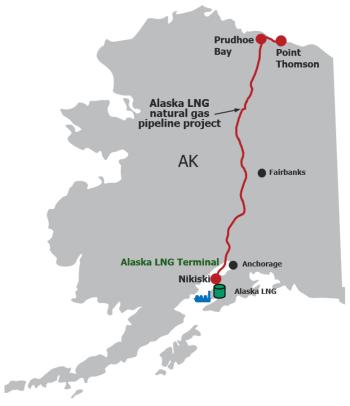
John Crane’s Performance Plus Cuts Downtime, Boosts Reliability for Rotating Equipment
Key Takeaways
- Performance Plus combines data-driven monitoring, consultancy, and training to optimize rotating machinery performance, leveraging global expertise and Seal Reliability Management contracts.
- The framework aims to reduce downtime, improve reliability, and enhance resilience, aligning with industry demands for smarter, safer, and more efficient operations.
Performance Plus combines data-driven monitoring, expert consultancy, and hands-on training to help turbomachinery users reduce downtime and boost reliability and long-term resilience.
John Crane launched a next-generation modular service framework to optimize and drive measurable performance enhancements for rotating machinery, dubbed
The service framework combines data-driven monitoring, expert consultancy, and hands-on training to help turbomachinery users cut downtime, improve reliability, and enhance long-term resilience. It leverages John Crane’s Seal Reliability Management contracts, which are long-term service agreements intended to provide customers with continuous reliability improvement and predictable maintenance costs via proactive seal monitoring and support.
“Industry servicing shouldn’t exist in silos,” said Philippe Lambert, Vice President, Commercial & Service. “John Crane Performance Plus delivers an integrated, customer-centric approach that brings together smart technology, data insights, and human expertise to keep operations running smoothly, reliably, safely, and sustainably. That’s what service excellence looks like in the modern era.”
The company has already delivered over 1 million hours of active, in-field remote monitoring through advanced diagnostics tools like John Crane Sense Turbo, providing the real-world benefits of predictive maintenance and digital monitoring for turbomachinery. John Crane’s technical specialists also deliver practical, data-backed insights to simplify complex maintenance decisions, allowing customers to make smarter, faster, and more sustainable choices. The new framework training and upskilling programs equip customer teams with the knowledge to preserve long-term performance, safety, and efficiency.
“We are evolving from a supplier of components to a strategic partner in performance,” said Lambert. “The focus is on measurable outcomes, increased uptime, safer operations, and a lower emissions and total cost profile across the asset lifecycle.”
Per a Deloitte report, unplanned downtime costs the industrial manufacturing sector approximately $50 billion annually, with equipment failure alone accounting for over 40% of these losses. Now, industries are facing increasing pressure to maximize asset performance, reduce emissions, and meet stringent regulatory and sustainability targets, positioning John Crane’s Performance Plus as a service to deliver smarter, safer, and more efficient operations.
New Mechanical Seal
In September 2025, John Crane unveiled the
Ethane pipelines experience frequent fluid phase change from liquid to vapor to supercritical, potentially compromising traditional seal performance. The company’s new seal counters this issue by using dual non-contacting seal faces in a tandem setup—a design verified by peer-reviewed lubricants research. The research validated that spiral groove non-contacting seal faces provide better hydrodynamic lift, phase-change resilience, and zero-wear operation in turbulent fluid applications. This allows ethane pipelines to eliminate friction and wear while using process fluid for lubrication.
A major ethane transmission company on the U.S. Gulf Coast encountered a significant operational challenge: managing phase change while pumping with pressure variations. Ethane exists as a liquid at approximately 18 oC (65 oF) and 40 bar (580 psi), but transitions to vapor at about 32 oC (89 oF). The phase change creates sealing and reliability challenges, negatively impacting uptime and seal lifecycle. The company installed four Type 8628VL seals on inconsistent ethane pump equipment operating at approximately 1,100 psi.
Following three months of continuous operation and intermittent shutdowns, the results showed:
- Non-contacting performance across liquid, vapor, and supercritical phases
- Very low leakage
- Zero failures
Newsletter
Power your knowledge with the latest in turbine technology, engineering advances, and energy solutions—subscribe to Turbomachinery International today.





